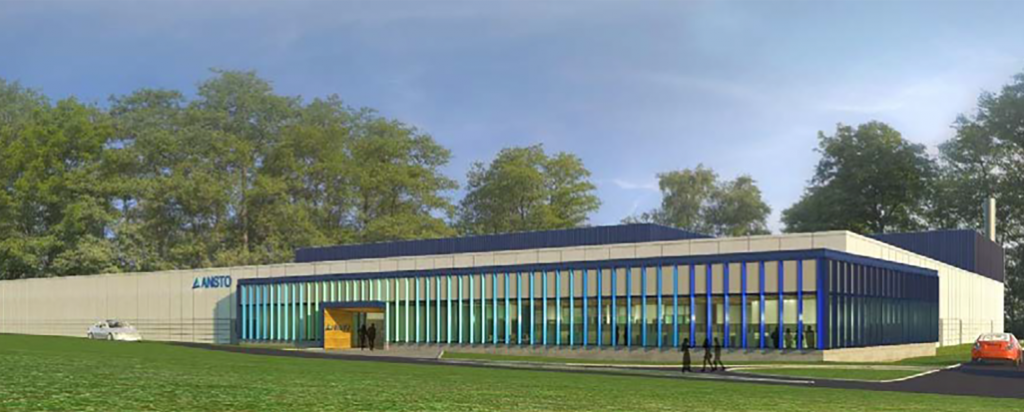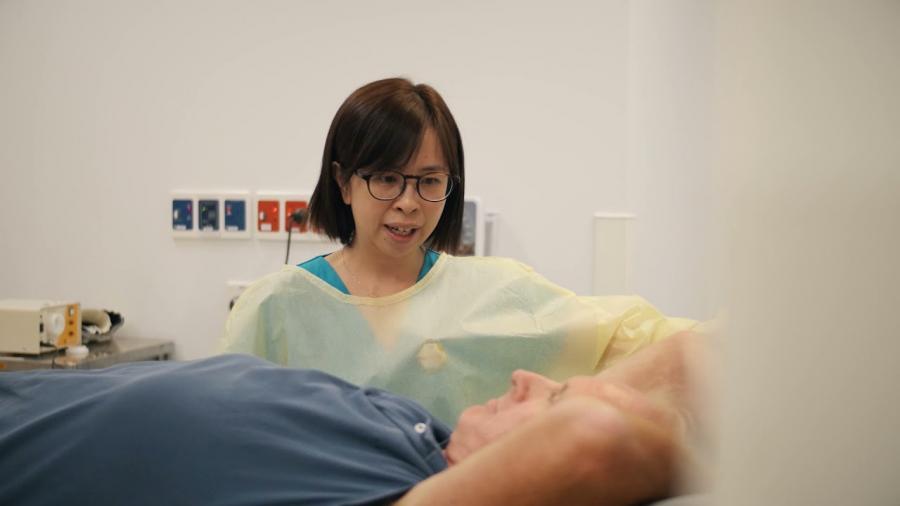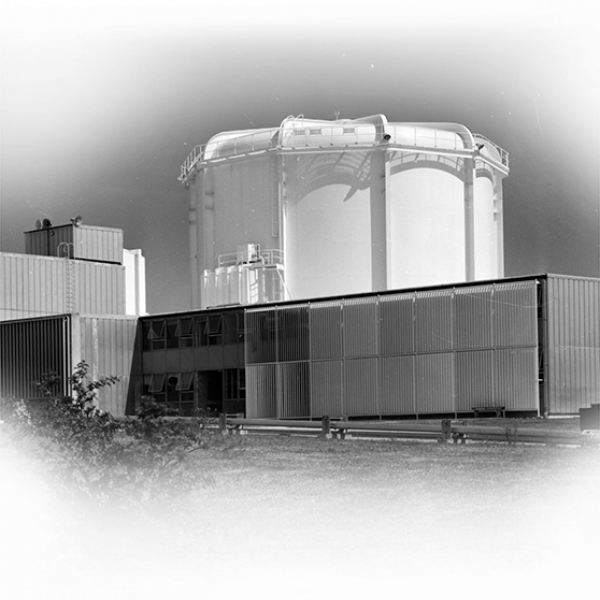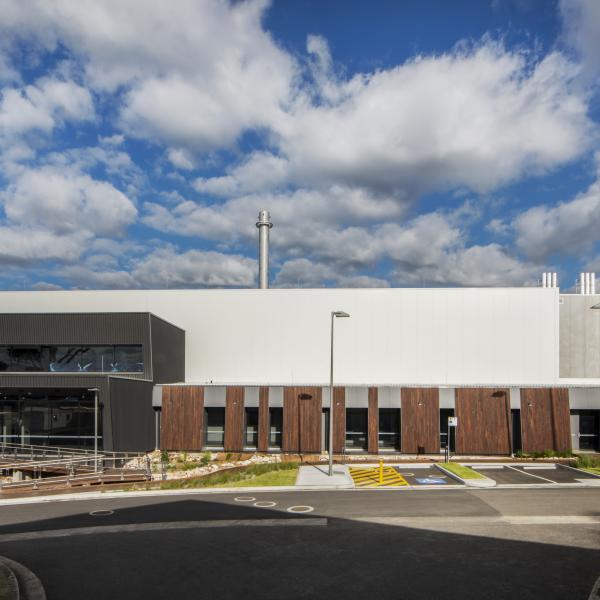
Safeguarding the future of Australia's nuclear medicine
ANSTO welcomes announcement
ANSTO welcomes the joint announcement from The Acting Minister for Industry, Science and Technology, the Hon Angus Taylor MP, the Minister for Finance, Senator the Hon Simon Birmingham and the Minister for Health and Aged Care, the Hon Greg Hunt MP to safeguard the future of Australia's nuclear medicine production.
Thursday, 30 September 2021
The government has announced it will safeguard Australia’s sovereign capability to produce vital nuclear medicines by launching a $30 million project to design a new world-leading manufacturing facility to be built at our Lucas Heights campus in Sydney.
About 80 per cent of nuclear medicine isotopes used to fight diseases like cancer are produced at Lucas Heights and one of the key facilities that makes this possible is nearing the end of its operating life. Read the full media release.
Background
The new facility will meet domestic demand for technetium, lutetium, and iodine based products, and have the flexibility to respond to market and technological changes. The modern design will enable greater process automation than is possible with existing technology, leading to improvements in efficiency, quality, and, importantly, the highest levels of production safety.
A new facility will improve healthcare in Australia by:
- providing ongoing, reliable supply of nuclear medicines to Australian patients
- supporting radiopharmaceutical research and development
- being flexible to advances in nuclear medicine technology, including supporting the development and distribution of small volume/niche products
- contributing to research translation and medical industry collaboration.
This $30 million commitment is the first part of a multi-phased approach to replacing our current nuclear medicine manufacturing facility with a new, world-leading design.
The design, construction and commissioning of the new facility – to eventually be operated by ANSTO – is forecast to take an estimated 8.5 years.
It is estimated that on average, every Australian stands to benefit from a nuclear medicine procedure in their lifetime. Nuclear medicine is an essential part of an advanced healthcare system.
Nuclear medicine manufacturing in Australia
Every Australian who needs nuclear medicine to help diagnose or treat cancer can get access to it. That’s thanks to our local capabilities in the advanced manufacturing of nuclear medicine.

Nuclear medicine facts
- Every Australian is likely to benefit from nuclear medicine at some point in their lifetime.
- On average each Australian will benefit from at least two nuclear medicine procedures during their lives*.
- About 75-80 per cent of nuclear medicine isotopes used in Australia come from ANSTO’s Lucas Heights campus in Sydney.
- Through ANSTO, Australia is a world leader in the advanced manufacturing of diagnostic and therapeutic nuclear medicines.
- There are approx. 700,000* nuclear medicine procedures each year in Australia. These include diagnostic imaging scans (SPECT and PET) to aid in patient management, and a growing range of therapies.
- On average, ANSTO’s radioisotopes provide 10,000 - 12,000 nuclear medicine procedures that benefit Australians each week*.
- Nuclear medicine imaging provides detailed physiological and molecular information to help diagnose cancers and investigate other conditions in most organs and tissues in the body (for example the heart, brain, lungs, bones, liver, kidneys, thyroid and skeleton). An increasing range of therapeutic nuclear medicines are being introduced to treat cancer patients.
*based on published Medicare statistics combined with non-MBS data sourced from the nuclear medicine communityhttp://medicarestatistics.humanservices.gov.au/statistics/mbs_group.jsp

History of nuclear medicine
Critical to the production of nuclear medicine, is a nuclear research reactor, of which Australia has had three over the past 60 or so years, all of which have been based at Lucas Heights. The first of these was the High Flux Australian Reactor (HIFAR), which was turned on by then Prime Minister, Robert Menzies, on Australia Day in 1958, and went on to enable production of millions of doses of medicine. HIFAR was also used to make early Australian discoveries in areas such as materials research and agriculture, and to assist industry. HIFAR was finally shut down in 2007 after close to 50 years of safe operations, and is now in the very early stages of decommissioning.
Watch video